All good things must come to an end, even stars. Eventually, all stars including the Sun will die and the Universe will fade to black forever.
For now, the Sun is able to persist by constantly churning hydrogen into helium. This process, called nuclear fusion, creates enough outwards pressure to resist the relentless force of gravity trying to collapse the Sun into oblivion.
Currently, the Sun is getting through 600 million tonnes of hydrogen every single second and there will come a time when there is no hydrogen left to burn.
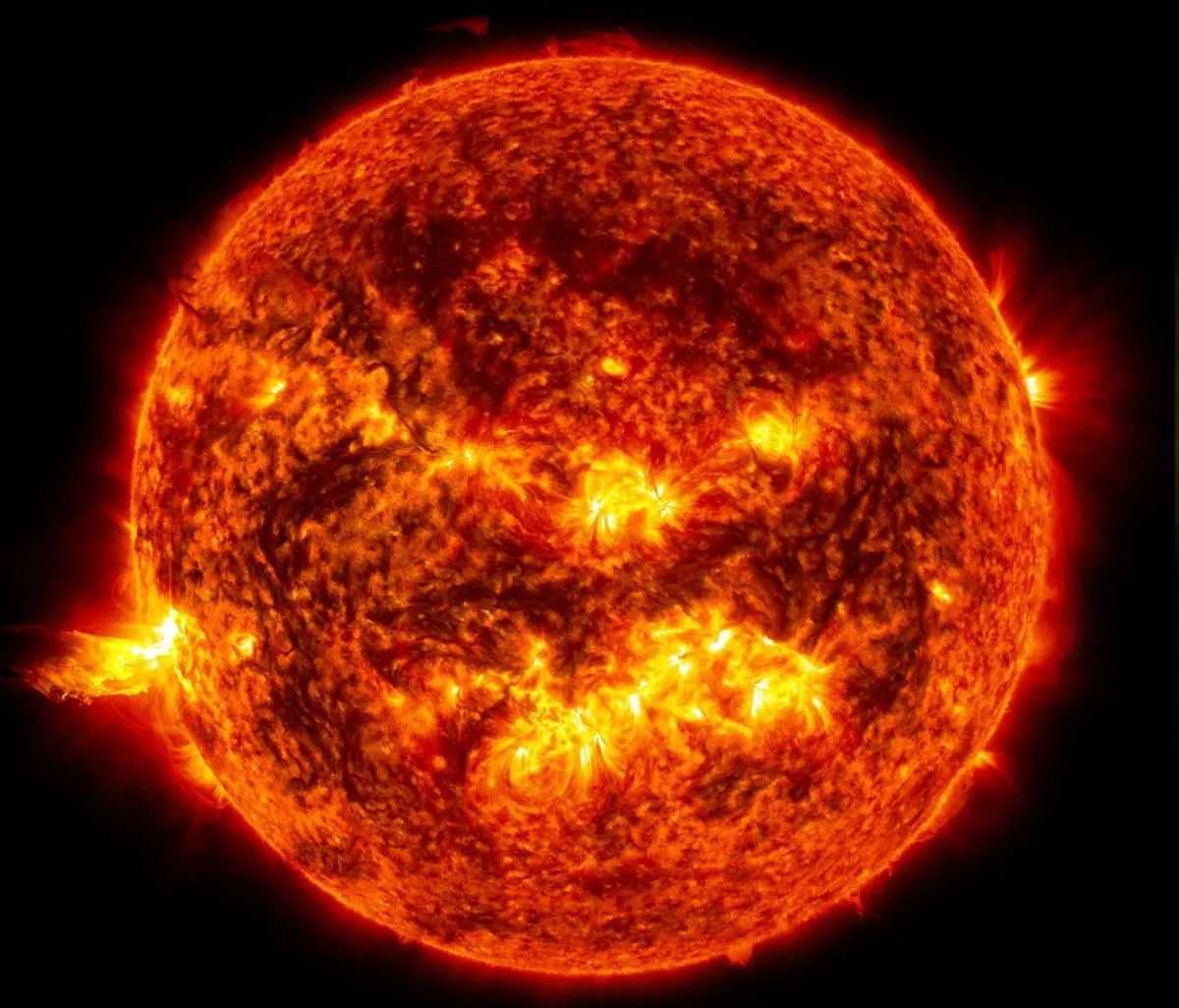
Despite its voracious appetite for this abundant element, astronomers estimate that the Sun has about 5 billion years’ worth of fuel left.
Once the hydrogen is exhausted, gravity will win and the Sun’s core will begin to collapse.
With solar material now considerably more compressed, the temperature in the core will climb to a staggering 100 million degrees.
That compares to the 15 million degrees you’ll currently find in there. Meanwhile, the pressure will reach over a trillion times the atmospheric pressure here on Earth.
Such crazy temperatures and pressures mean that helium becomes the ingredient rather than the product, and it gets pressed into carbon and oxygen.
The Sun will get through the equivalent of 10 Earth masses of helium every second.
This ‘helium burning’ happens at a much faster rate than the previous slow-and-steady hydrogen-burning phase.
The delicate balance within the Sun is now upset the other way. The outwards pressure is so great that it trumps gravity and the Sun begins to bloat into a red giant.
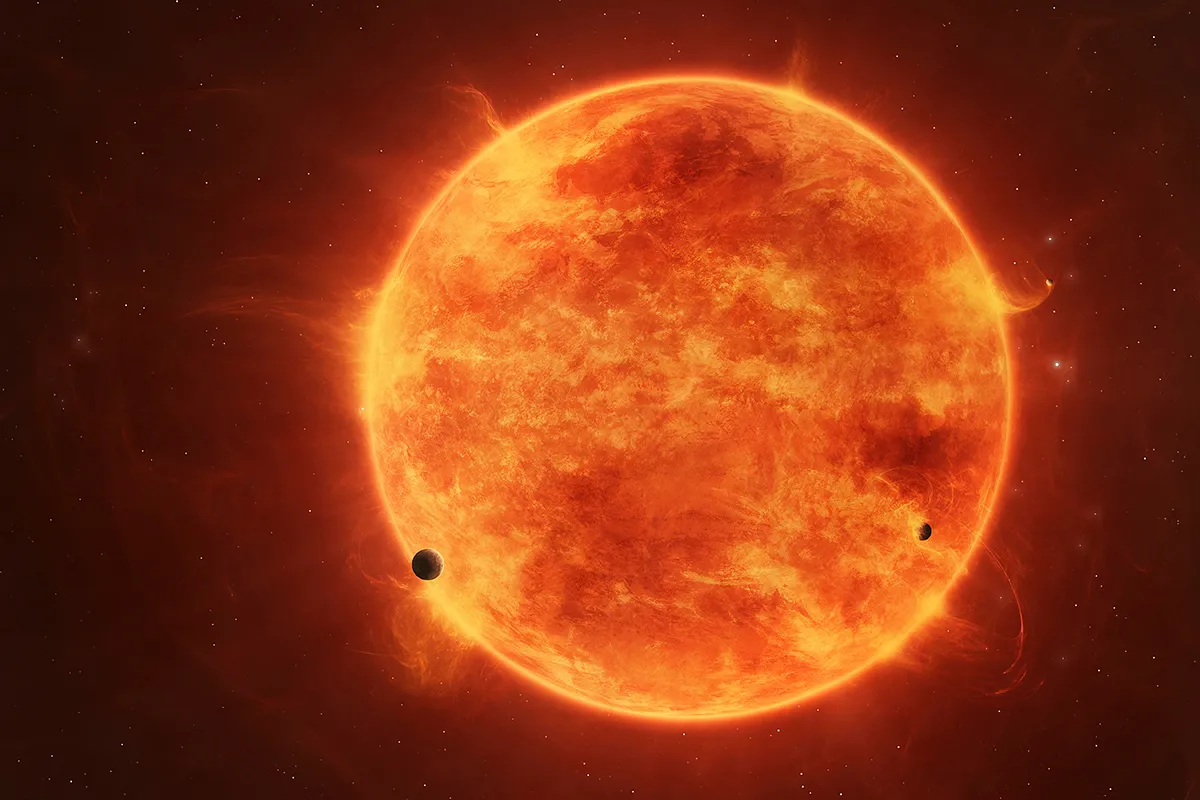
It will eventually swell to swallow Mercury and Venus, and it may engulf Earth as well (making this perhaps our most accurate response to the question as to how the world will end).
The Sun’s final death throes will then see it eject its outer layers into space like a snake shedding its skin.
Astronomers call the beautiful, glowing and nested shells of gas this creates a planetary nebula.
Nestled at its centre will be a white dwarf – a ball of carbon and oxygen the size of Earth. Indeed, this is all that will remain of the Sun’s once mighty core.
Will any planets survive the Sun's expansion?
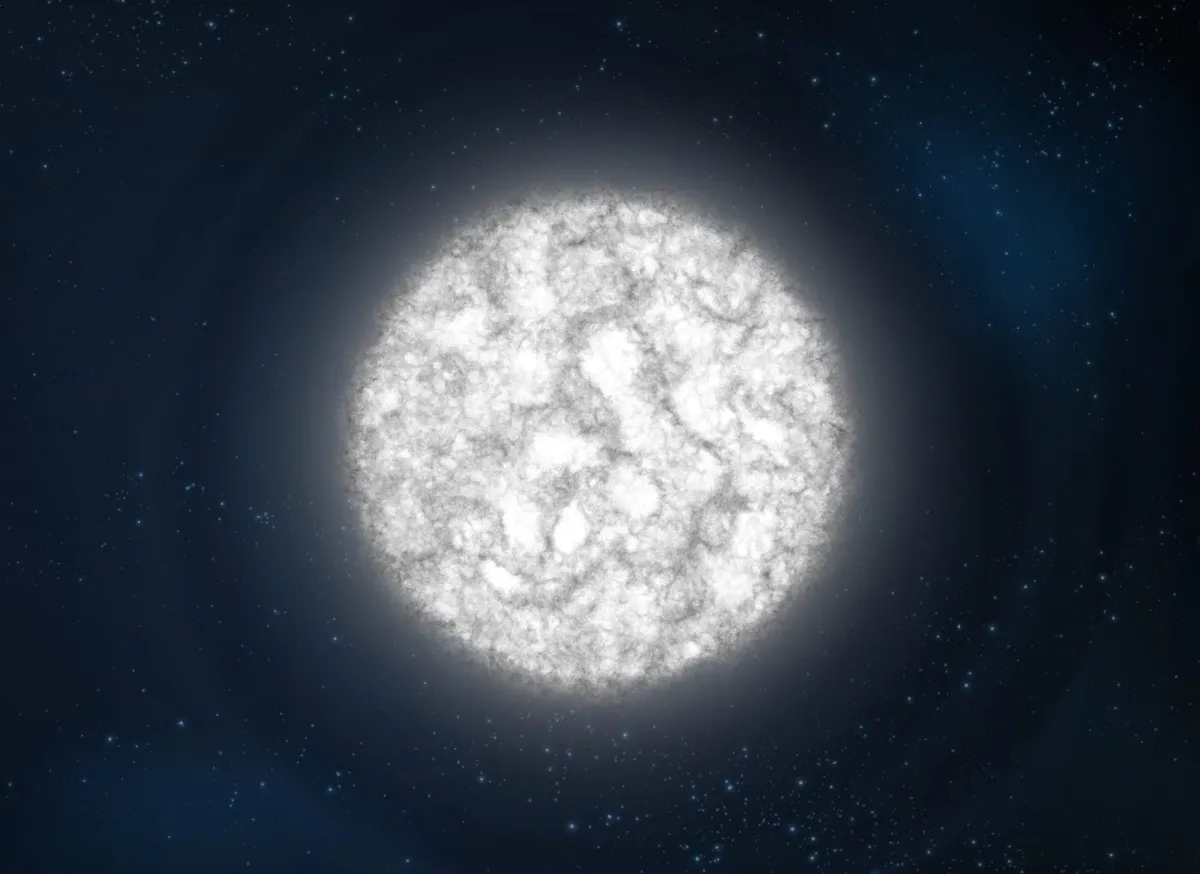
For decades, astronomers have wondered about the true effect of a Sun-like star’s death on its system of planets and moons, in particular whether any planets can survive the onslaught.
Now, at last, we have some idea thanks to a breakthrough discovery.
A team led by Joshua Blackman, from the University of Tasmania, Australia, found a Jupiter-like exoplanet swirling around a white dwarf close to the centre of our Milky Way Galaxy.
"The system we’ve discovered is a glimpse into the possible future of the Solar System," says Blackman.
While the dying Sun will likely take out the terrestrial planets, the outer planets could well survive.
"This is the first time one of these planets in a similar orbit to Jupiter has been found," he says.
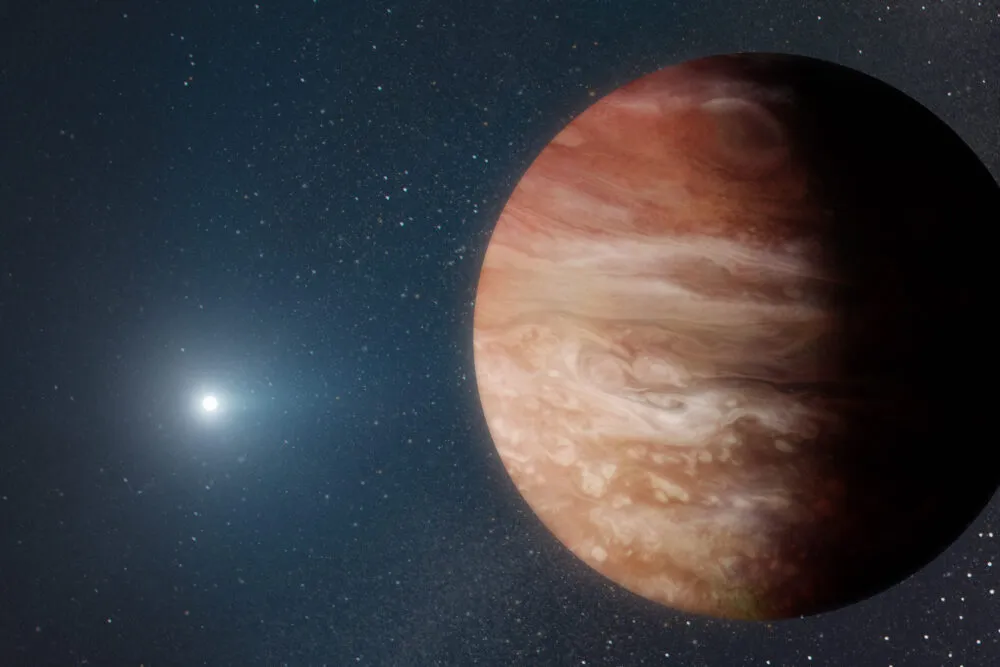
Blackman made this important discovery using a technique called ‘gravitational microlensing’.
"The gravity of the white dwarf and its companion planet acts like a magnifying glass," Blackman says.
|It bends the light from a more distant star and makes it appear brighter to observers here on Earth."
However, for this to happen, there has to be a near perfect alignment between the foreground ‘lens’ and the background star.
According to Blackman, the chances of the right alignment are "one in a million".
So, to boost their chances of seeing it, they looked towards the centre of the Milky Way where stars are huddled more closely together.
Observe enough background stars and a rare alignment becomes almost guaranteed.
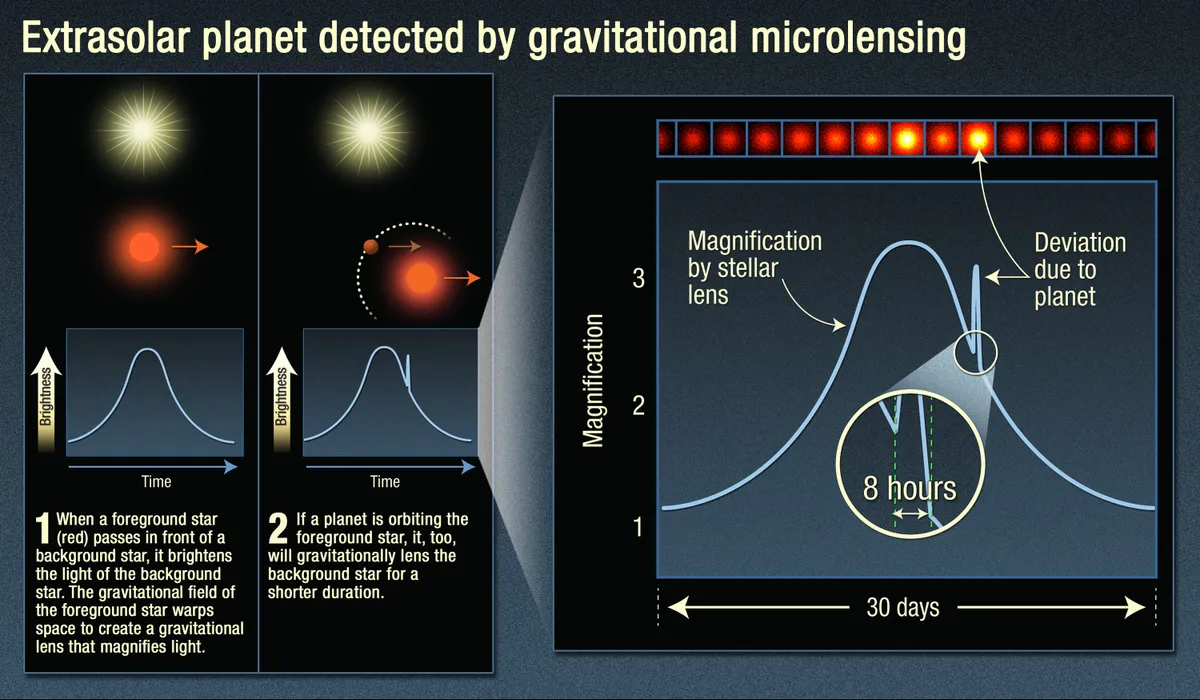
This is a unique way to look for alien worlds because the two leading methods rely on seeing changes in the light of the host star.
Either the star gets dimmer when a planet ghosts in front of it, or we see changes in the starlight caused by the star wobbling due to the gravitational pull of an otherwise unseen planet.
Removing the need to see the star’s light opens the door to finding more weird and wonderful worlds like those swirling around dead stars.
The team wasn’t actually looking for planets around dead stars at all. Instead, they were searching for worlds circling ordinary stars in the prime of their lives.
This particular microlensing event was seen way back in 2010 and Blackman recently reanalysed the data.
The amount of lensing suggests the star has a mass between 15 and 93% that of our own Sun.
Then Blackman used the Keck Observatory in Hawai’i to take a closer look, but he was in for a shock: there was nothing to see.
The lensing had told them that an object with the mass of a small star was there, but it was seemingly invisible.
"We were puzzled and spent quite a few years trying to explain the discrepancy between our expectation and what we observed," says Blackman.
"Eventually we worked out that the reason we do not see the star is because it’s too dim to see."
They were able to rule out other dead stars like black holes and neutron stars.
"It has to be a white dwarf," Blackman says.
The white dwarf magnified the light from a background star, but that light was warped by the presence of a planet in tow.
The amount of warping told Blackman how massive the planet is.
This particular planet is 40% more massive than Jupiter and it orbits the white dwarf approximately twice as close as Jupiter circles around the Sun.
According to Blackman, such proximity meant it was touch and go whether the planet would survive the death of its star.
"It only needed to be slightly closer to its host star to be disrupted during the star’s giant phase," he says. "But the planet survived because it was at a large enough orbit."
"It’s a very exciting discovery," says Thea Kozakis from the Technical University of Denmark.
"Since there are so few known planetary systems around white dwarfs, every planet gives so much insight," she says.
Nancy Grace Roman Telescope
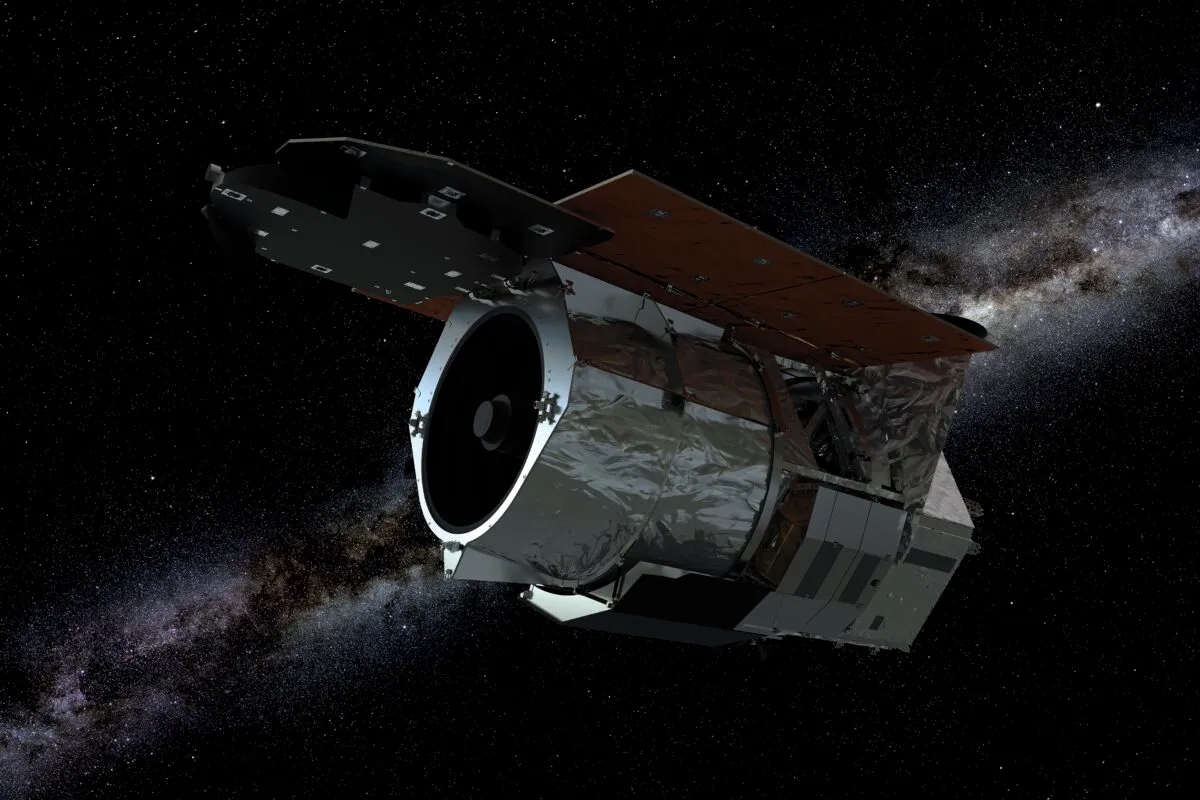
We may not have to wait too long for the floodgates to open and more discoveries like this to come pouring in.
The Nancy Grace Roman Telescope, due for launch in 2027, will be able to directly image giant planets around white dwarfs close to the centre of our Milky Way.
For the first time we’ll have a more complete census of these cosmic survivors and we will start to learn so much more about the future of our own Solar System.
In particular, we will learn whether planets like these are the lucky few, or whether it’s common for Jupiter-like planets to survive their stars being extinguished.
Kozakis says that these enduring gas giants are a compelling idea because the death of their stars could turn their moons into potentially habitable worlds.
Astronomers often talk about a ‘habitable zone’, a region around a star where the temperature is just right to permit the existence of liquid water. An expanding, dying star will shift this region considerably further out.
In our own Solar System, for example, Jupiter and Saturn have icy moons, such as Europa and Enceladus.
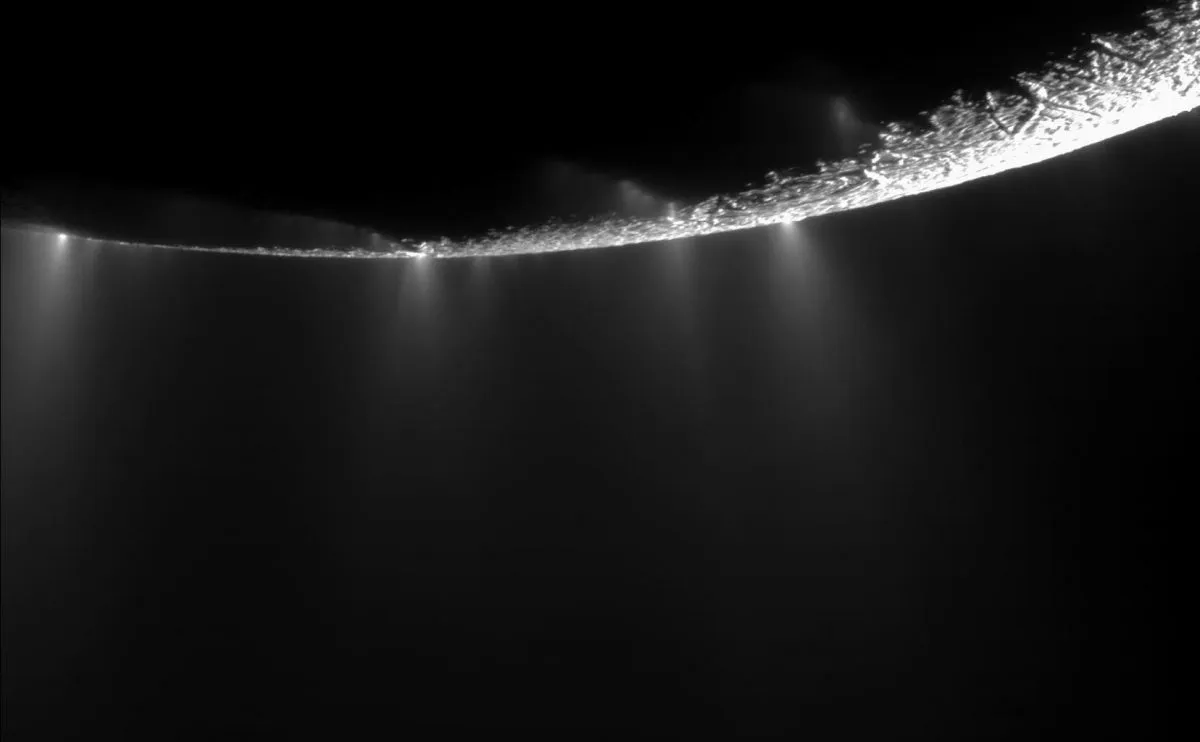
In fact, according to Kozakis, approximately 99.9% of the Solar System’s water lies beyond the realm of the terrestrial planets.
"During the red giant phase it is possible that the increased luminosity of the host star can melt the icy shells of these frozen water worlds, revealing the liquid water oceans that lie beneath," she says.
It could offer our descendants a stay of execution. "Whatever forms of life that are still around in five billion years would likely have a better chance of survival if it moved to one of Jupiter’s moons," says Blackman.
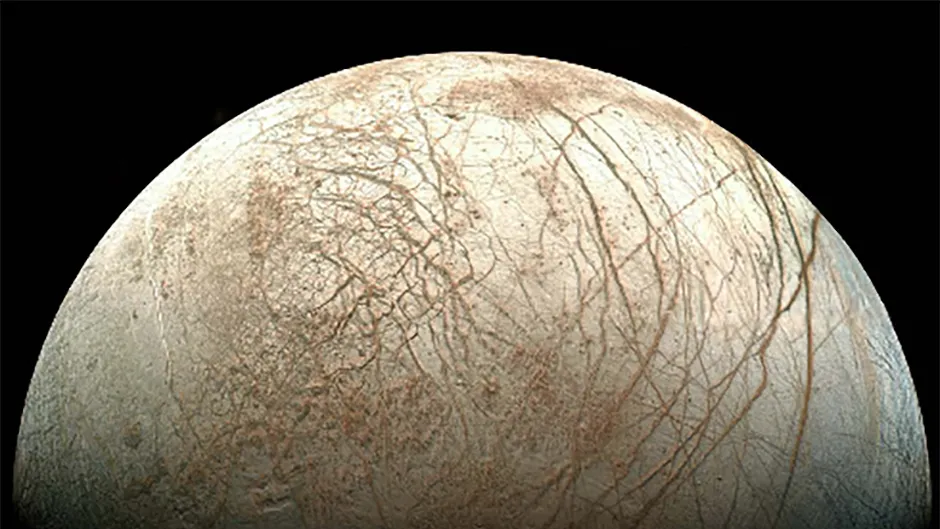
It would, however, only be a temporary reprieve.
"White dwarfs start off extremely hot and then cool off over time due to the lack of an internal heat source," says Kozakis.
"This means that the traditional habitable zone will slowly move inward towards the white dwarf over time."
Eventually, you would need to be one hundred times closer to the white dwarf than Earth currently is to the Sun in order to keep warm.
An unusually hot white dwarf could relax this constraint, but then it would also give off huge amounts of radiation that life would struggle to deal with.
Ultimately, unless you are planning to move away from the Solar System, the death of our star is inescapable. Everything comes to an end, so it’s best to enjoy things while they last.
This article originally appeared in the June 2022 issue of BBC Sky at Night Magazine.
